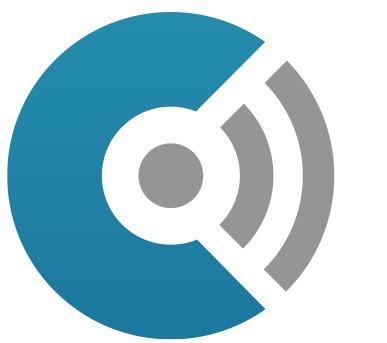Continuing Competence Program
OVERVIEW OF NSCASLP CONTINUING COMPETENCE PROGRAM (CCP)
Description of Tabs
The program is organized into five tabs. Tab A provides general instructions about the program and specific instructions about how to use a tracking sheet to record credits. Tab B is the tracking sheet. Tabs C and D provide information to assist members in completing the tracking sheet. Tab E provides samples of completed tracking sheets.
Continuing Competence Program Tracking Form with instructions and definitions
Program Elements
a) Credits for hours accrued participating in learning activities
The foundation of the program involves members accruing credits for hours of participation in approved categories of learning activities. This aspect of the program is based on the approach used by Speech-Language & Audiology Canada (SAC).
The details of the “hours for credits” system of the NSCASLP CCP differ somewhat from the SAC system. For example, while categories and descriptions of activities are similar, they are not identical. In addition, the credit system is different. For the NSCASLP CCP, an hour of each activity earns one credit with no maximum credit value for any category. Credits must be earned in 3 or more categories, with a minimum of 5 hours earned in at least 3 categories. The total credits required are 30 over a reporting cycle (typically two years).
b) Connection of learning activities to competencies
The NSCASLP CCP has introduced the element of competencies into the more traditional approach of “hours for credits.” This element is important given that most health professions have moved to a competency-based, or outcomes-based, approach to education.
Elements specifically related to competencies are included in the NSCASLP CCP in two ways, described below:
i. description of learning outcome: new knowledge, skill or value
Using the tracking sheet, members are asked to briefly describe a learning outcome and/or its impact, in addition to entering information about the nature of a learning activity, where and when it took place. With respect to the learning outcome or impact, they are asked to concisely state what new knowledge, skill, or value related to their practice or professional life they acquired while participating in a specific learning activity. Examples are provided in the sample tracking sheets in Tabs E and F.
This requirement is intended to motivate careful thought about the link between a specific learning activity and practice, something that has been considered lacking in the traditional “hours for credit” approach.
ii. identification of primary competency role associated with new knowledge, skill or value
Members are asked to choose the primary competency role associated with the new knowledge, skill or value that they acquired. A drop-down menu of seven competency roles (see note below) is provided on the tracking sheet for ease of selection. Members who are not already familiar with the roles can refer to the descriptions that are provided in a table at Tab D and can refer to the profiles themselves on the CAASPR website via a link.
NOTE: In 2018, the Canadian Alliance of Audiology and Speech-Language Pathology Regulators (CAASPR) published two competency profiles: one for audiology and one for speech-language pathologists:
https://caaspr.ca/articles/national-audiology-and-speech-language-pathology-competency-profiles.
These profiles provide information about the minimum abilities required of audiologists and speech-language pathologists entering practice in regulated provinces of Canada. The profiles include seven competency roles and describe essential and sub competencies for each role. According to the notes in the preamble of these documents, audiologists and speech-language pathologists in Canada should have a “comprehensive understanding” of this material.
